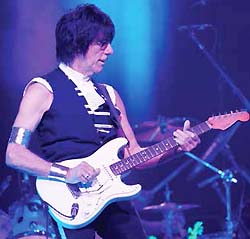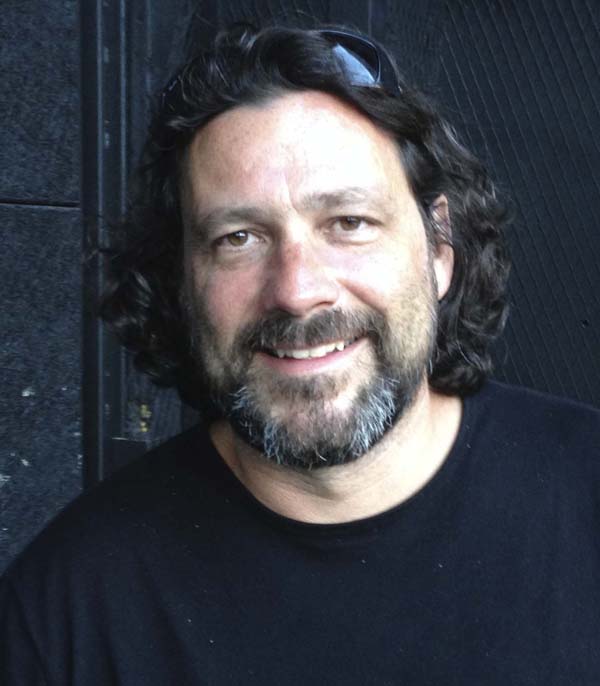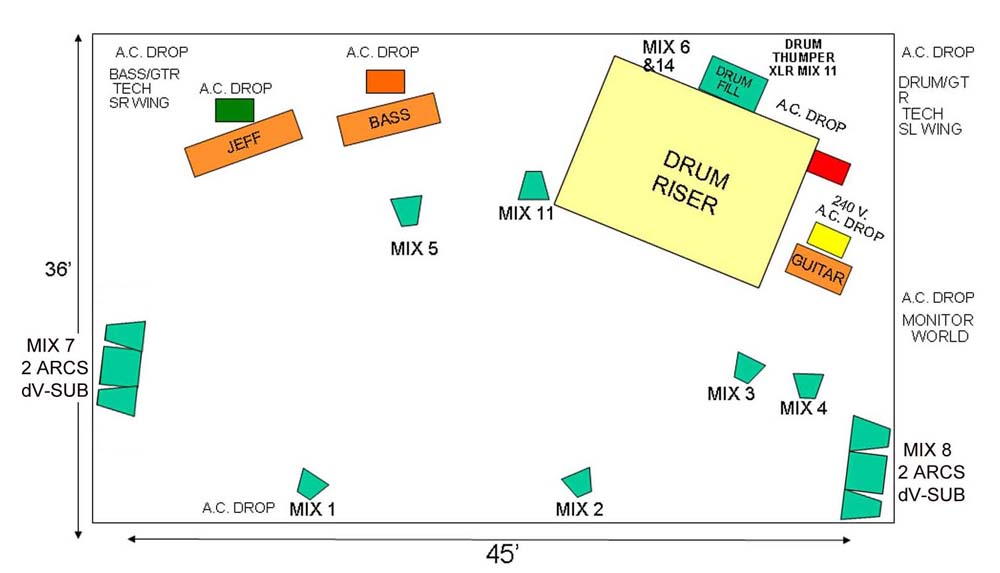This is a story about a man and his side fills.
Recently I had the opportunity to hear a show where the side fill arrays were used in a very unconventional manner—as components of an artist’s guitar rig.
This twist on a traditional monitor treatment peaked my curiosity, and in learning more I found an audio practitioner who reminded me that there are ways to apply conventional kit in an unconventional manner that, if rendered successfully, can support creativity in addition to amplifying the performance.
Usually I shy away from superlatives when describing professional musicians. We shouldn’t have to use hype; touring artists are supposed to be great players. On this occasion, though, please allow me an exception. Guitarist Jeff Beck is in a class by himself, and that’s no hyperbole.
With such a unique talent onstage, I wasn’t surprised to discover some out-of-the-box thinking by his monitor engineer that helps this exceptional artist deliver performances that are genuinely in a class by themselves. That monitor engineer (and production manager) is Shon Hartman, charged with implementing the onstage sonic environment in which the artist performs, a job he’s filled on every Beck tour since 2006.
Beyond Utility
Hartman started in the audio business unexpectedly when a friend who owned a small sound company in Northampton, MA booked too many shows and needed some help.
Soon after he was working local shows for regional legacy promoter Don Law and mixing in local clubs The Iron Horse and Pearl Street. He was picked up by Ben Harper in 1996, transitioned to the staff of Rat Sound Systems (Camarillo, CA), and eventually moved along to a life of free-lance touring that now consists mostly of supporting Beck and punk-rock purveyors The Offspring.
I caught up with Hartman after sound check on the artist’s recent concert tour, and he described the unique methods he’s formulated to produce a comfortable environment to help Beck to ply his trade.
“Everything that Jeff is doing is so organic; he’s unlike any other musician I’ve worked with,” he notes. “Over time I’ve developed techniques that are a bit unorthodox but serve his needs very well. Most musicians use monitors as a utility, to make their instrument louder. With Jeff, every piece of equipment in his guitar’s signal path, including the monitor system, is an extension of his instrument. He actually uses the side fills to contour his sound.”
Hartman deploys a combination of d&b audiotechnik M2 floor monitors on stage and L-Acoustics ARCS loudspeakers with dV-SUB subwoofers as side fill components. He is mixes on a Midas PRO6 console, with the package supplied by Shubert Systems (North Hollywood, CA). His equipment choices are, candidly, conventional, but it’s how he has chosen to deploy some of them that make the difference.
Specifically, he’s devised an untraditional approach to configuring and aiming his side fill arrays. There are two arrays, each consisting of two ARCS enclosures separated by a single dV-SUB. Each ARCS provides a 22.5 degree horizontal dispersion in this configuration, and the fact that the enclosures are uncoupled results in a very directional coverage pattern.
The two arrays are placed asymmetrically, which creates defined zones running across stage where the arttst can find “sweet spots” to stand in. The stage right array is located about 6 feet upstage of the stage edge, rotated on-axis slightly downstage. The stage left stack is situated about even with the downstage edge, and at first glance, it looks as though it’s aimed cross-stage, but it’s actually rotated slightly upstage.
The result is two very directional, narrow angled cross-stage coverage patterns, or as Hartman describes them, alleys. “Jeff can walk into one or both coverage patterns,” he explains. “What I like about this setup is that it allows me to micro-manage the onstage acoustical space. Unlike having huge side fills washing all over the deck, I can keep levels high for wherever Jeff walks, yet prevent all of that level from clipping the other guitar player, or the bass and drums.
“You’re probably thinking this approach might generate a lot of comb filtering, but it’s not been a problem,” he adds. “It allows me to create a real tight and very directional focus.”

















